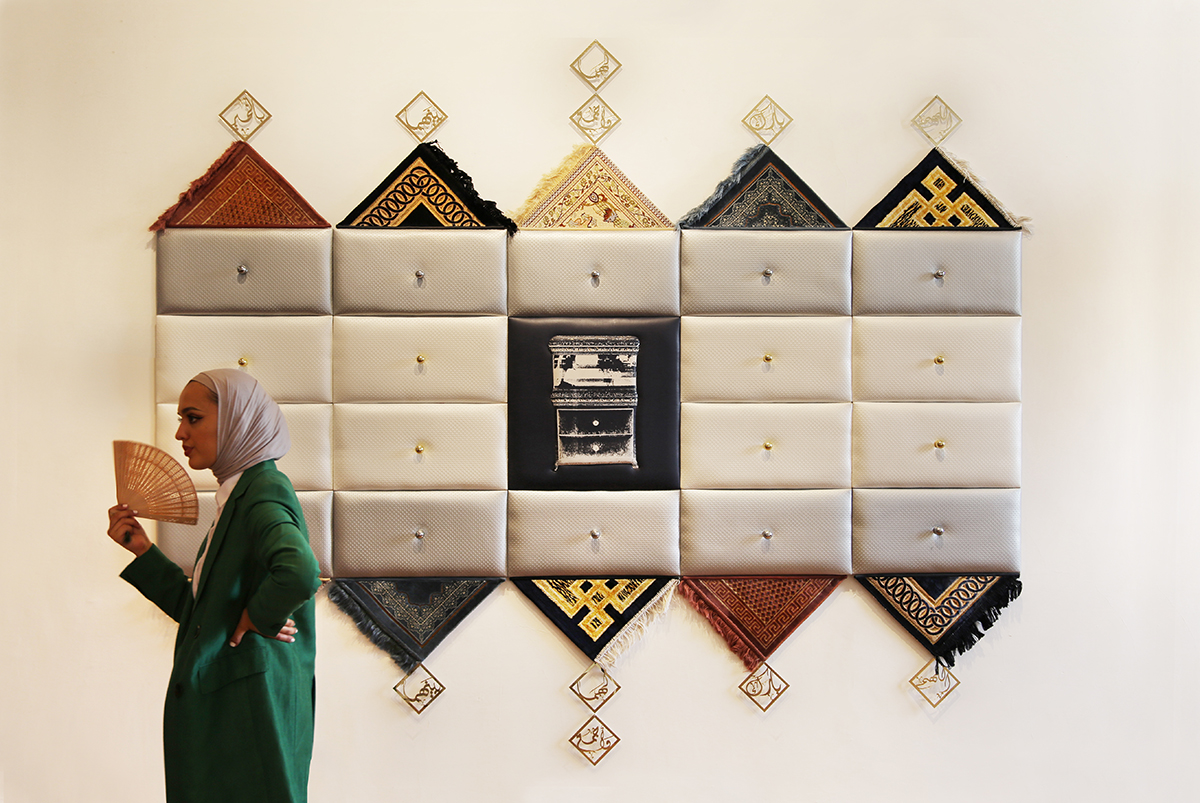
Artist Amani Althuwaini pictured with her work Present Tense. Image by James Houston
The Sheikh Abdullah Al Salem Cultural Centre brings Kuwaiti contemporary art to Venice with a mixed-media group exhibition by young emerging artists
The Sheikh Abdullah Al Salem Cultural Centre, otherwise known as the ASCC, is a colossal museum complex housing six separate institutions: a Natural History Museum, Science Museum, Museum of Islamic History, Space Museum, Fine Arts Centre and theatre. It’s the largest of its kind in Kuwait with the aim of promoting cross-cultural learning and awareness. With that in mind, the centre’s most recent initiative invites emerging Kuwaiti artists to apply for a residency, in which they are given space to work, and opportunities to exhibit overseas.
Follow LUX on Instagram: the.official.lux.magazine
This summer marks the first edition of the programme, which launched earlier this month with the opening of a group shown entitled ‘In my dream I was in Kuwait’ at the Scuola dell’Arte dei Tiraoro e Battioro . The building itself is a relic of Venice’s rich artistic history; it was once the home of the guild of artists and makers of gold thread and gold leaf. Now the building, offers a grand space for events and exhibitions in one of the world’s most picturesque settings. From the gallery’s top windows, you can watch the boats floating along the Grand Canal and almost imagine that you’ve slipped back in time. As such, the current exhibition of contemporary Kuwaiti art makes for an interesting contrast, uniting not only two distinct cultures, but also eras.
The show is split into two halves with the work of three artists (Amani Althuwaini, Mahmoud Shaker, and Zahra Marwan) currently on display until August when the next three artists will take over.
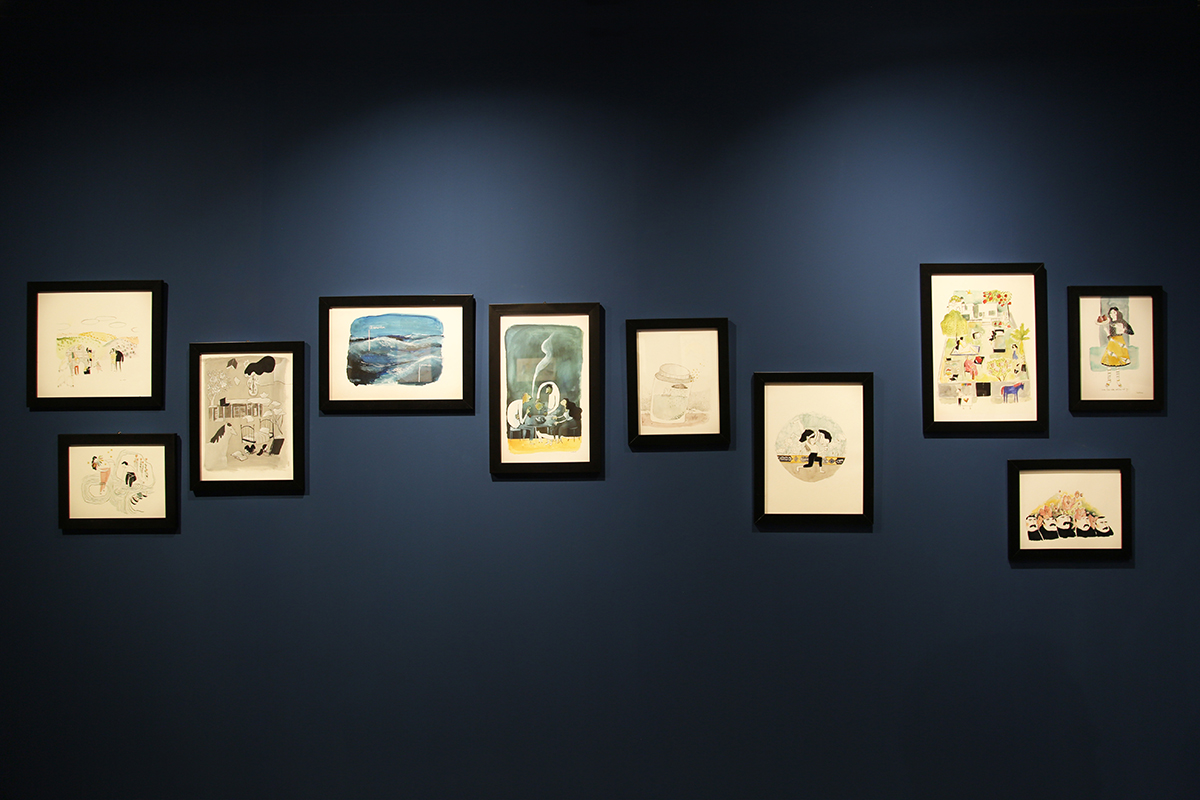
A selection of artworks by Zahra Marwan. Image by James Houston
Marwan’s small-scale watercolour illustrations, which occupy the first floor gallery space, ahave a picture-book quality both with regards to the light-hearted brushstrokes and their narrative descriptors. The description of After the Fish Market reads: ‘I was able to choose my own fish at the market, and I thought it would come to life at home.’ Yet, many of these miniature works are also imbued with an air of melancholia and longing, depicting characters lost in nostalgia and half sleep states.

Detail of We See Everything by Mahmoud Shaker. Image by James Houston
Shaker’s works in the upper gallery space also contain an element of storytelling, combining photography and painting with handwritten lines from his own poetry in Arabic. Whilst we might not be able to understand the verse, the lettering gives the work the appearance of another era, and thus creates an intriguing tension between tradition and contemporary subject matter.
Read more: What to see at this year’s Masterpiece London
Althuwaini’s work, however, is the most striking both in composition and themes. Present Tense depicts an oversized chest of drawers, which references the Kuwaiti dowry tradition and its contemporary manifestations. The flatness of the piece presents a critique on the modern prioritisation of quantity rather than quality.
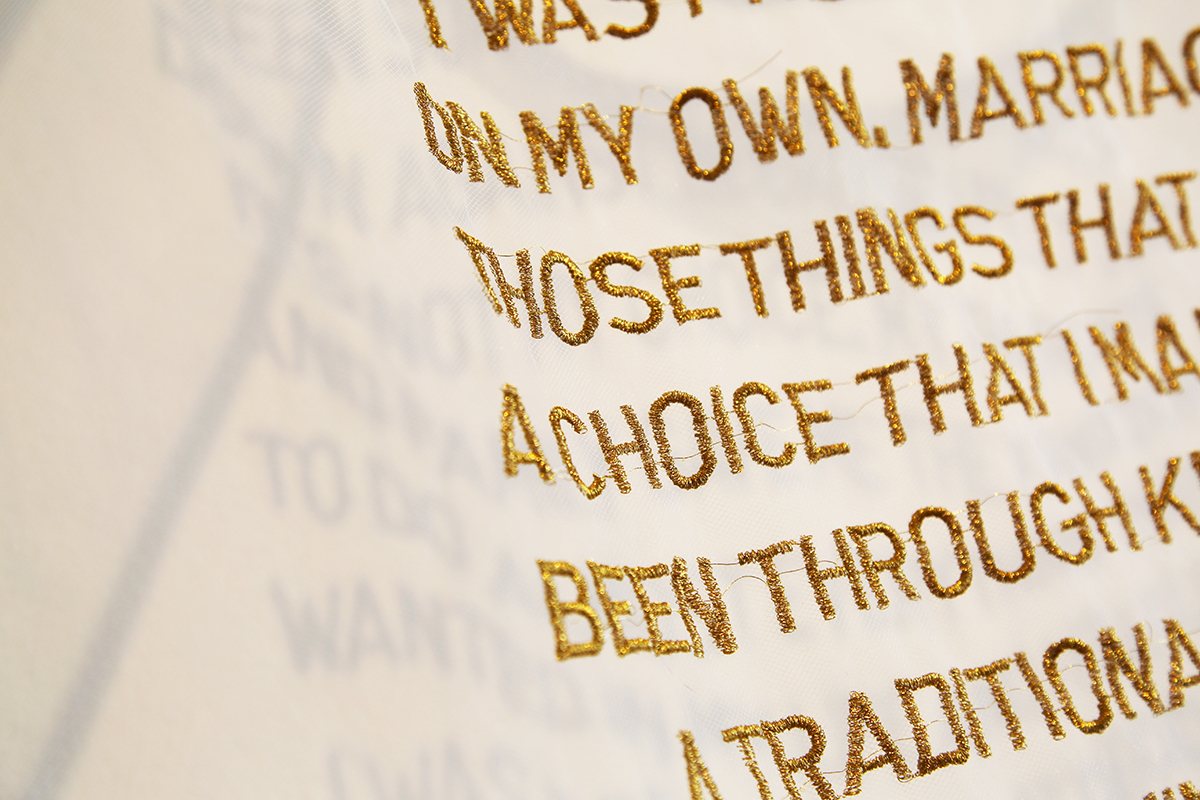
Detail of installation artwork He is not your choice by Amani Althuwaini. Image by James Houston
Another of Althuwaini’s installations, entitled He is not your choice, hangs suspended from the ceiling in one corner of the upper gallery. This is a wedding veil embroidered with the story of the artist’s friend who accepted an arranged marriage because of the groom’s perceived eligibility. The veil itself is translucent, whilst the gold lettering appears bold, defiant and doubly inscribed by the sunlight as it casts shadows of the words against the walls.
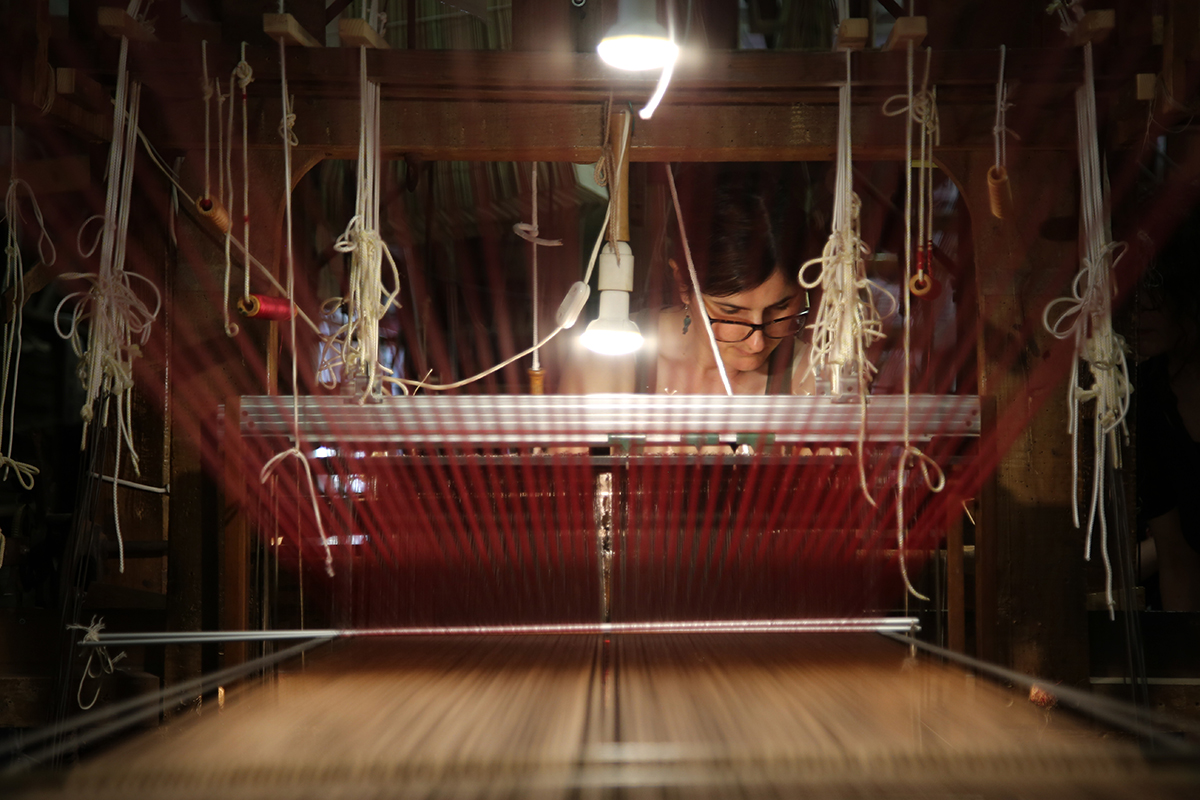
A weaver at work inside the Tessitura Bevilacqua workshop, Venice. Image by James Houston
Whilst these works offer audiences insights into Middle Eastern artistic practises and cultures, the artists themselves are invited to explore traditional Venetian craft through workshops with weavers Tessitura Bevilacqua and glass maker Leonardo Cimolin amongst others. The central idea being that the Kuwaiti artists will find inspiration for their contemporary practise in ancient methods, and so continue the cross-cultural dialogue.
‘In my dream I was in Kuwait’ runs until 28 November 2019 at Scuola dell’Arte dei Tiraoro e Battioro, Venice. For more information visit: ascckw.com



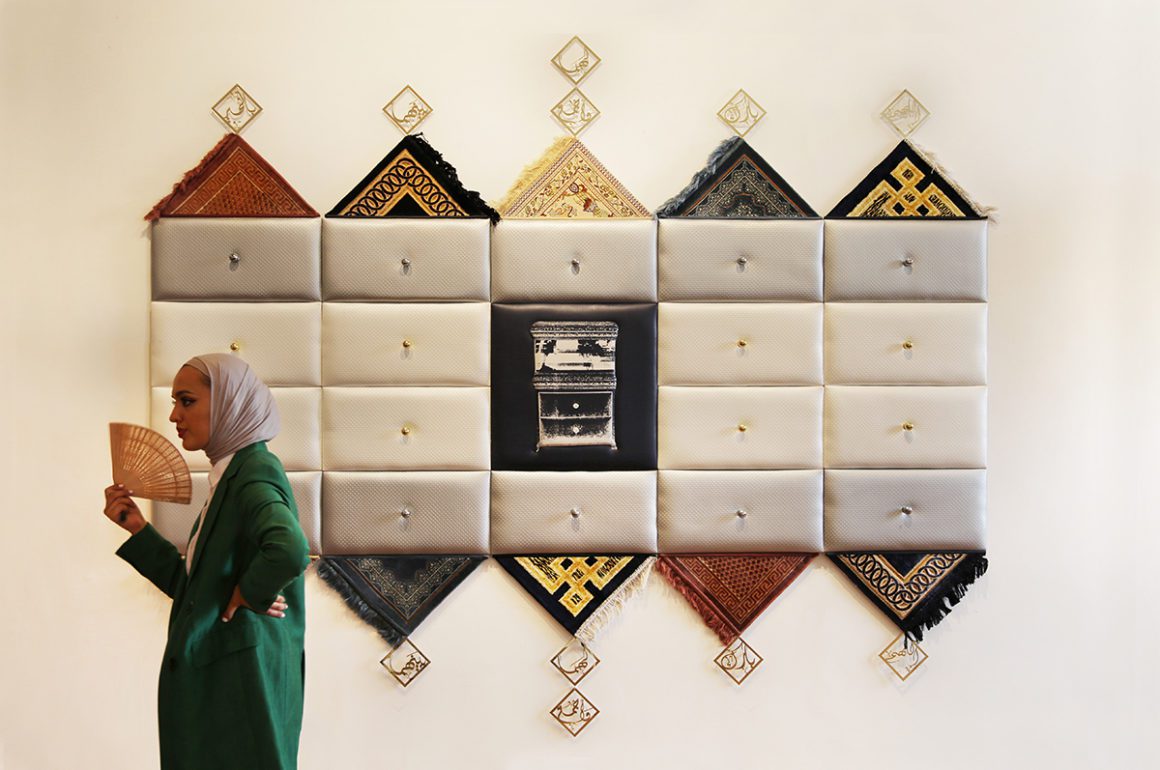
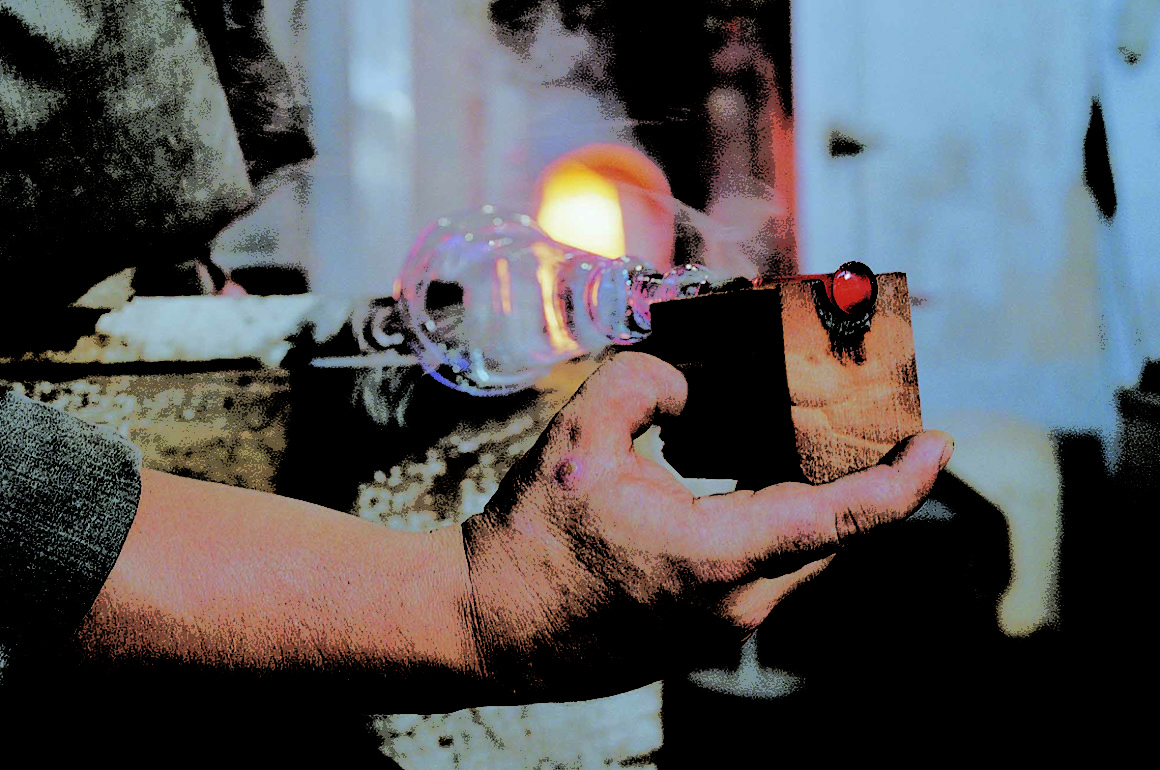
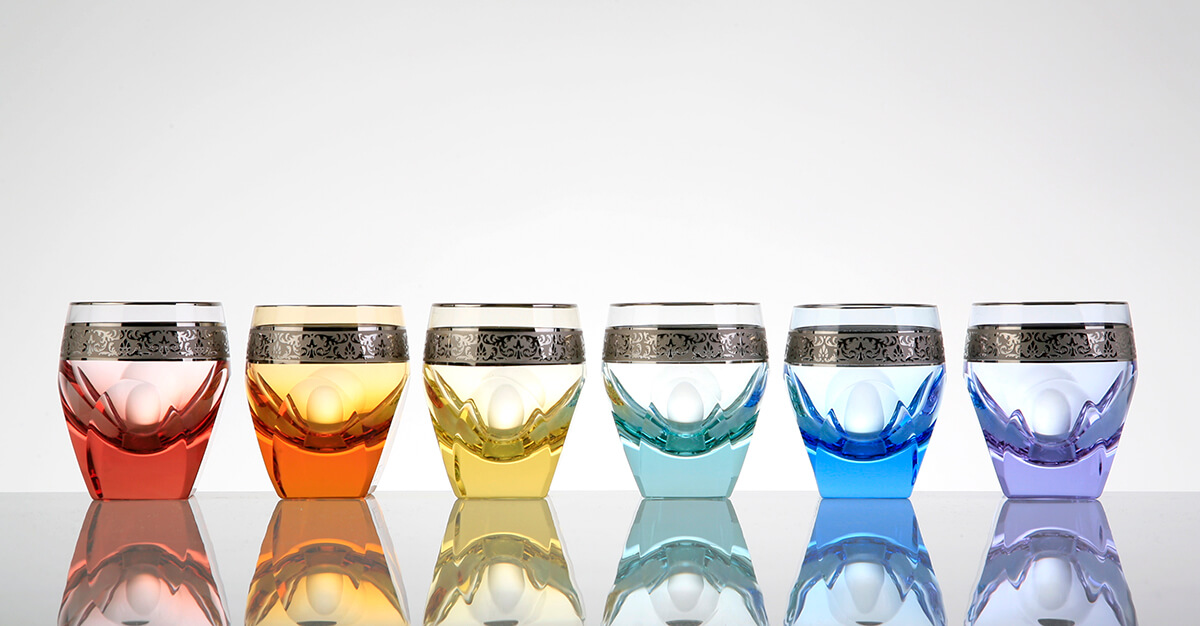
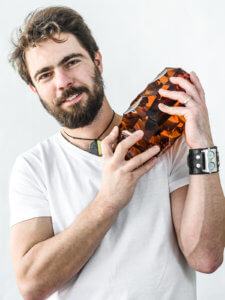
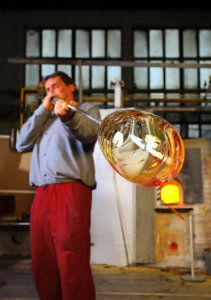
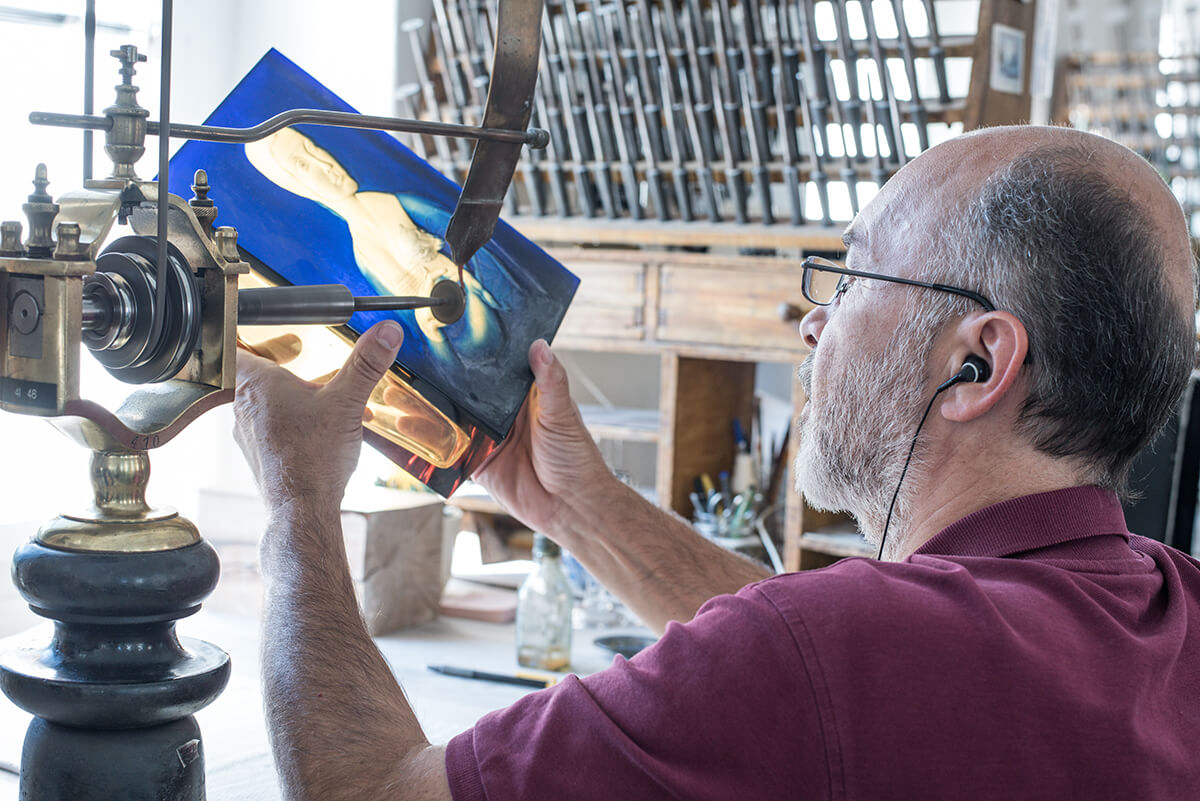
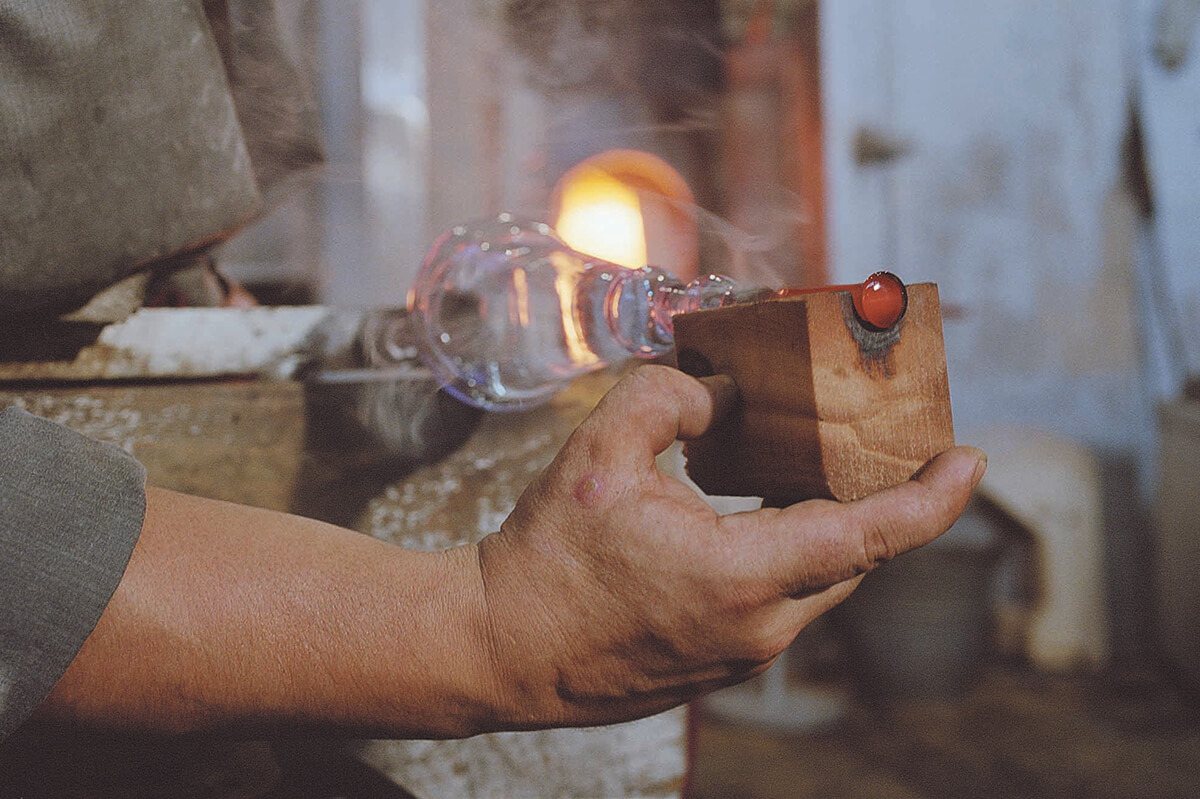


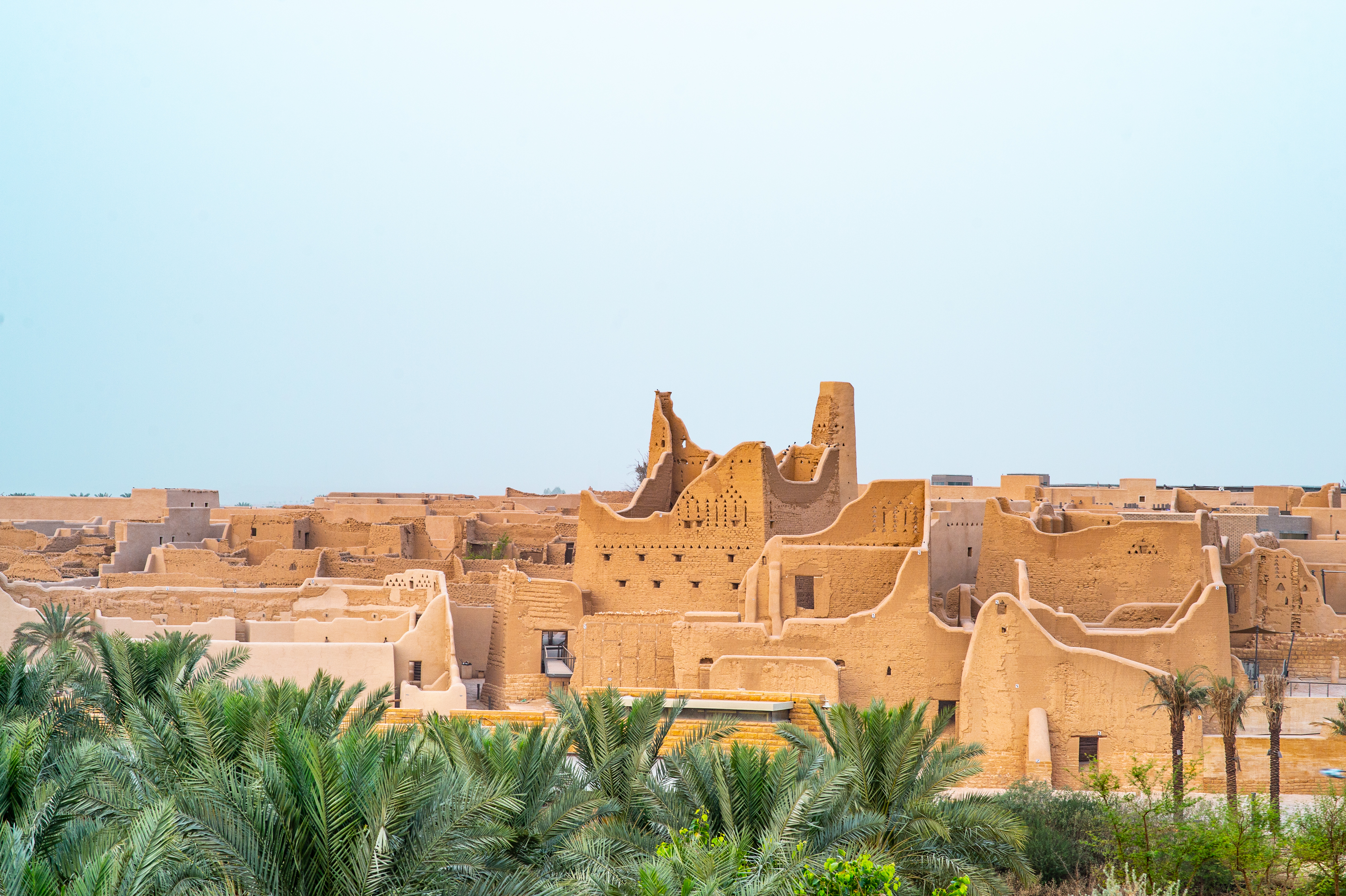


Recent Comments